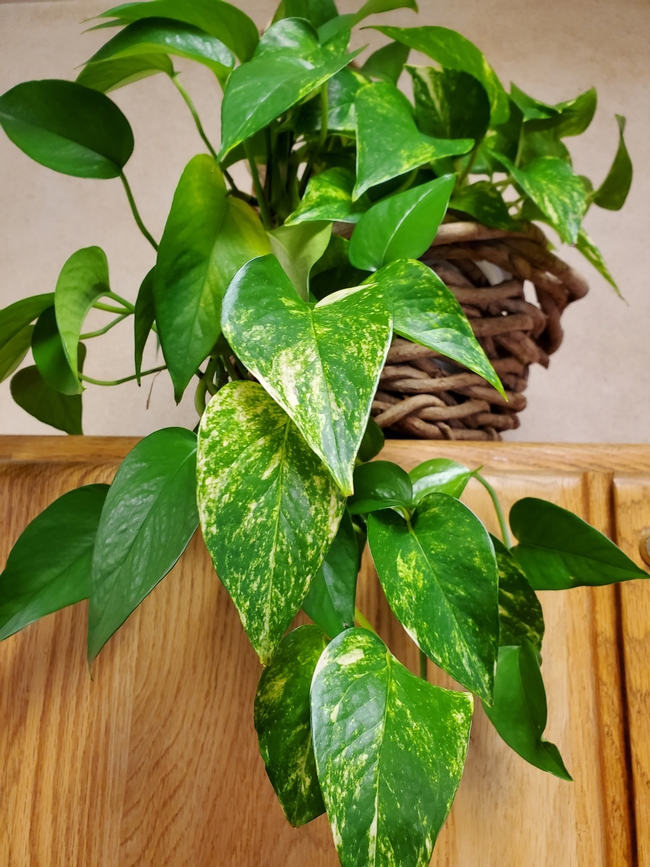“Overwatering is the number one killer of houseplants,” says Mr. Ernesto Sandoval, Manager and Curator of the UC Davis Botanical Conservatory. Overwatering encourages disease, pests, and can smother roots that need oxygen. With overwatering, roots can die and rot.
When to water depends on many things: the type of plant, the amount of light, temperature, the potting mix. All these things have an effect on when the plant will need water. So how to tell when to water?
Here are some good tips on determining when to water your houseplants.
Tips:
- Your finger is a really good moisture meter. Use your finger to check for moisture in the top 1” of potting mix.
- Leafy plants: let the potting mix start to dry until barely moist between watering.
- Succulents and stem succulents: the top 1” of potting mix should feel mostly dry between watering.
- Get familiar with how heavy the pot is right after watering, dry potting mix is much lighter in weight than when it is wet.
- Dry potting mix is also lighter in color than wet potting mix.
Techniques:
- Water so that some water drains out the hole in the bottom. This ensures that the water has gone into the entire pot and has reached the root zone.
- Do not let the pot sit in water, empty the saucer or tray after watering. Drained water contains salts and minerals that can be reabsorbed into the pot. This briny water is not good for the roots.
- Pots can be elevated with material like pebbles, in the tray, to keep the pot from touching drained water.
- Usually tap water is ok to use for most houseplants, however softened water contains salt that will quickly kill plants. Water with Boron should not be used on container plants.
- Water from wells may be ok to use, it depends on the amount of minerals dissolved in the well water.
- If there is a buildup of crusty minerals on the pot or potting mix, gently remove the crust and flush out the pot with clean water that does not have minerals, then let drain.
- Use a well-draining potting mix. Most commercial potting mixes hold too much water. Small pumice rock sold at plant nurseries can be added at half the total volume to improve drainage in potting mixes.
The UC Davis Conservatory houses over 3000 plants in more than 150 different plant families. Responsible for the care and development of the collection, with a degree in plant biology, Mr. Sandoval has watered and cares for many plants. In his video talk on houseplants Mr. Sandoval advises to err on the side of under watering. Check out his talk on houseplants at: https://youtu.be/n60Iia0XxUE
_______________
Bonus tips from the editor: If you're seeing lots of little gnats buzzing around the pot, you're probably keeping the plants too wet. Seeing lots of burned edges on leaves? Either you have accumulated salts or may be getting plants too dry between waterings.
